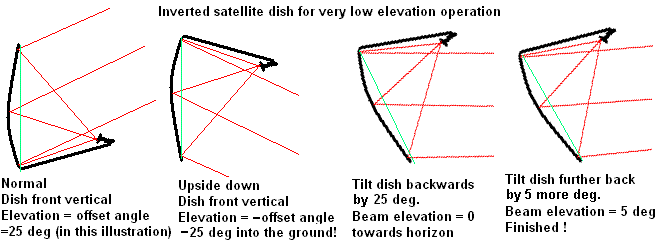| Home Login Register |
| Satellite Internet forum › Dish pointing and alignment › AMC 12 installation in East Africa |
|
Pages: 1
|
AMC 12 installation in East Africa(Read 3876 times) |
|
Ex Member
Ex Member
|
Mar 1st, 2007 at 11:57am
|
| Back to top |
IP Logged
|
|
Eric Johnston
Senior Member
★★★ Offline Posts: 2109 |
Reply #1 - Mar 1st, 2007 at 4:51pm
|
| Back to top |
« Last Edit: Mar 15th, 2021 at 2:28pm by Admin1 »
IP Logged
|
|
Ex Member
Ex Member
|
Reply #2 - Mar 3rd, 2007 at 3:53pm
|
| Back to top |
IP Logged
|
|
Eric Johnston
Senior Member
★★★ Offline Posts: 2109 |
Reply #3 - Mar 3rd, 2007 at 5:20pm
|
| Back to top |
« Last Edit: Mar 15th, 2021 at 2:34pm by Admin1 »
IP Logged
|
|
Pages: 1
|
Email me: eric@satsig.net
Powered by YaBB 2.5.2!
YaBB Forum Software © 2000-. All Rights Reserved.
Disclaimer, Terms of Use and Privacy Forum User Agreement Forum rules Cookie policy.



